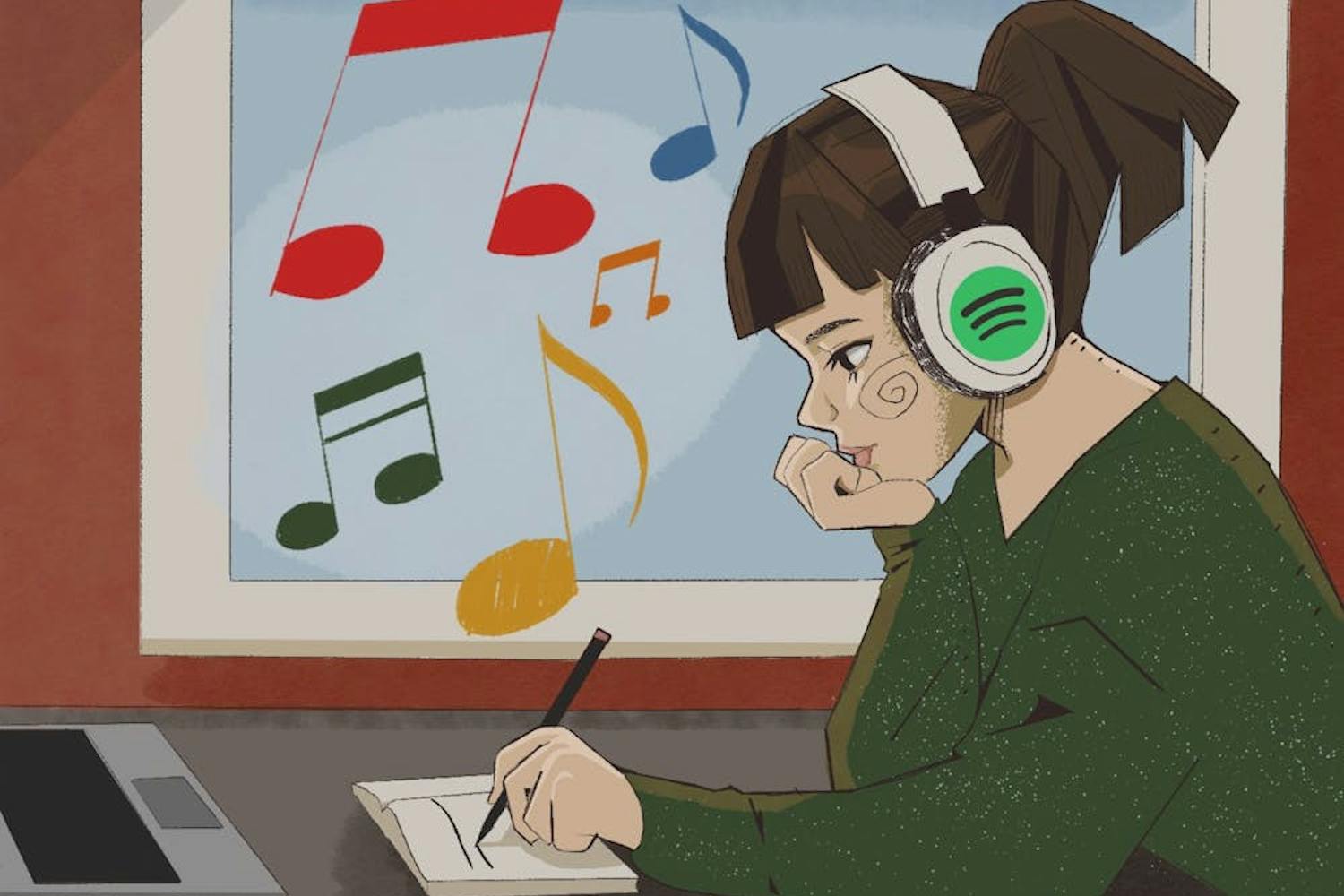A new center at ASU’s Tempe campus will allow researchers to see the light.
The Arizona Board of Regents approved the establishment of the Center for Photonics Innovation this fall.
Photonics is the generation and sensing of almost all forms of light, including infrared, visible and ultraviolet light.
Yong-Hang Zhang is the director of the center and a professor at the School of Electrical, Computer and Energy Engineering. He first started planning the establishment of the center two years ago.
Zhang said he recruited faculty from two schools: ASU’s School of Electrical, Computer and Energy Engineering and the department of physics in ASU's College of Liberal Arts and Sciences.
Shane Johnson, senior research scientist at the School of Electrical, Computer and Energy Engineering, was one of the researchers who became involved with the center.
Johnson said a goal of the center is to bring together additional ASU researchers from varied science and engineering specialties.
“The establishment of an entity in our area of specialization would greatly benefit our research and teaching goals,” Johnson said.
He said he would like to engage them in the advancement of the knowledge of photonic materials and their functions.
Johnson said the new center is a development from the Center for Nanophotonics.
The Center for Nanophotonics has been renovated, and is now a part of the Center for Photonics Innovation. The new center focuses on enhancing research activity and aids in the achievement of a critical mass of research at ASU.
Johnson said researchers at ASU brought together teams of multidisciplinary researchers to investigate large and challenging projects in the photonics area.
Cun-Zheng Ning, electrical engineering professor at the Center of Nanophotonics, came from NASA in 2006 to work at ASU.
Ning came to ASU because he was interested in the Center for Nanophotonics that was developed in 2006 as part of the Arizona Institute of Nano-Electronics at ASU
Nanophotonics is the process of finding and developing nanomaterials. These nanomaterials can control the flow of light. A nanometer is a unit of measure that it is equal to one billionth of a meter.
Ning said the researchers’ projects from the Center for Nanophotonics have attracted more than $7 million in awards in the past two years for ASU.
The researchers are using the grant they received from the U.S. Air Force to develop a nanophotonic system chip, he said.
Researchers hope to integrate and mold the electronic devices to make the chip similar to the electronic device chip on an iPod or iPhone, he added.
If this new chip is developed, videos can be more accessible and download faster, Ning said.
“Different faculty members with different expertise and different backgrounds have come together to work on the center,” Ning said. “We want to use [the center] as a platform.”
Fernando Ponce, a professor in the physics department, is also a researcher at the center. The center was established to support long-range research in innovative photonic materials, devices and architectures.
In addition, Ponce said the faculty wants to provide opportunities for graduate and undergraduate students to participate in advanced research and education in the growing photonics field.
This would help address many of the grand, engineering challenges that people will face in the future, he said.
“We hope to further strengthen ASU research and offer ASU graduate and undergraduate students great opportunities for participating [in] research, leadership training and entrepreneurship development,” Ponce said.
The future plans for the center include the devolvement of even more researchers, students and broader ranges of research programs, he said.
Reach the reporter at khillhou@asu.edu



